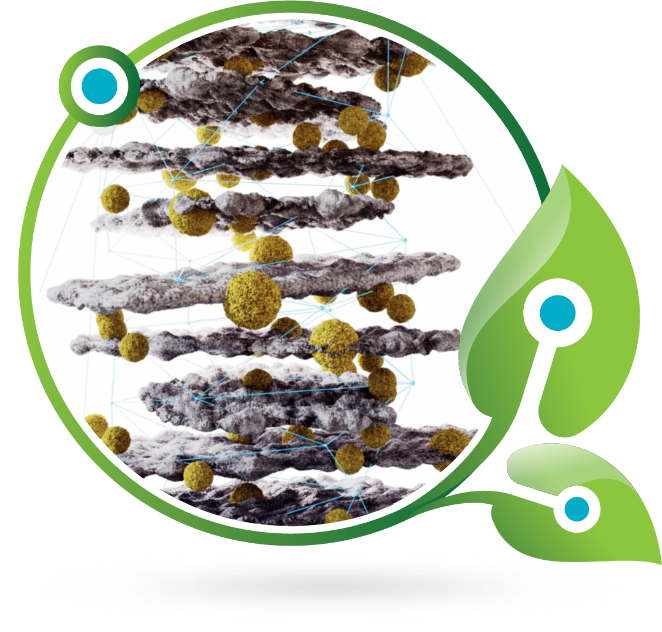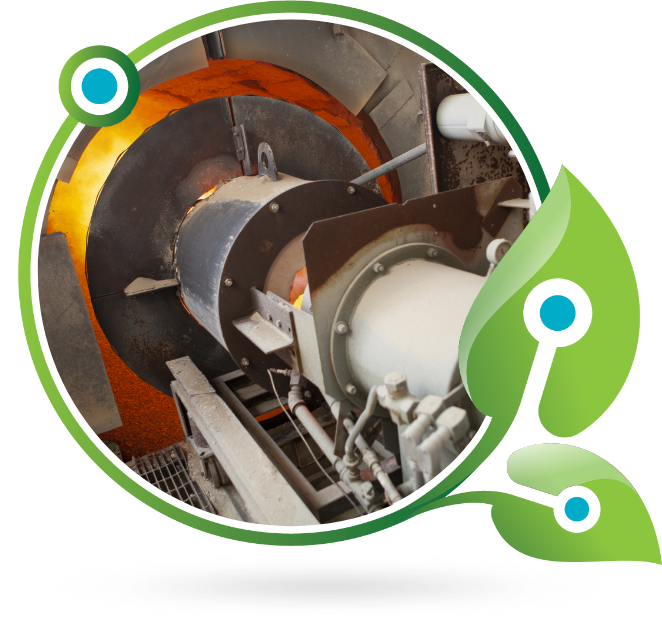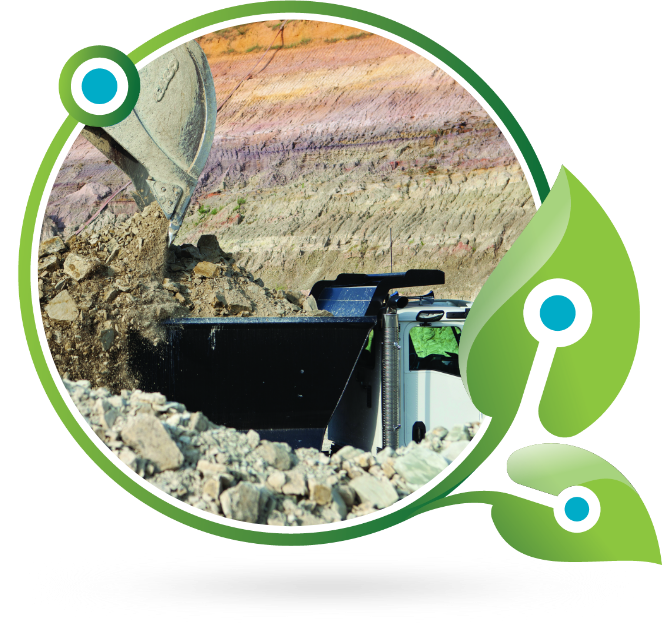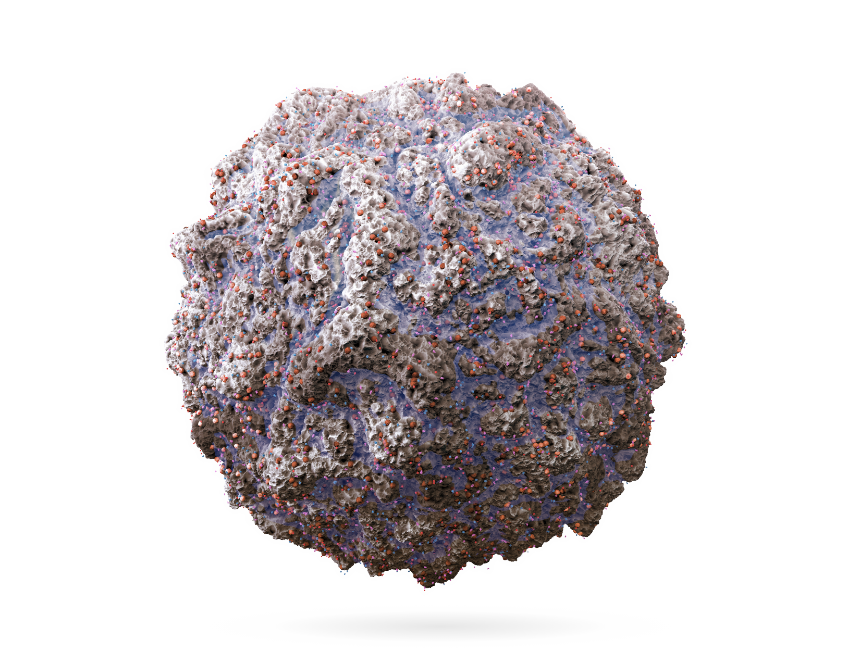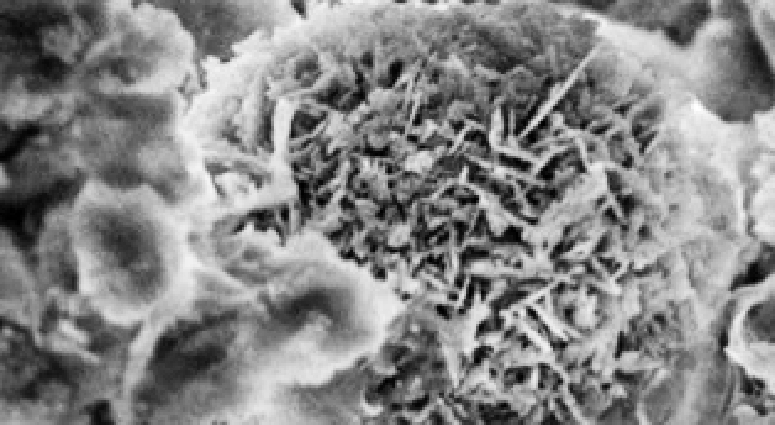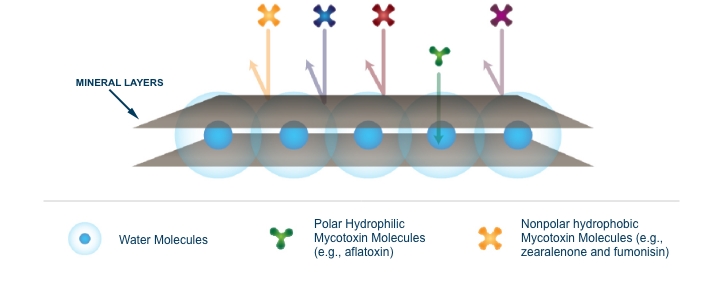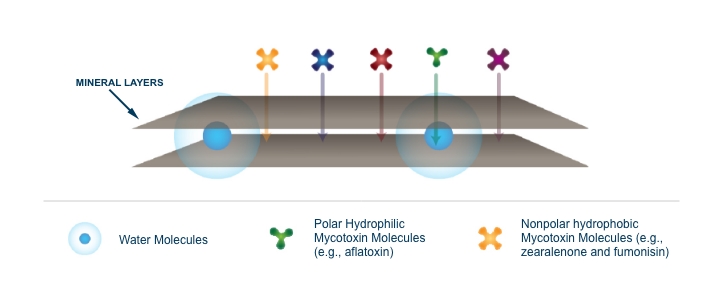Concern has occasionally been voiced that mineral-based products are “blind,” and that they bind both harmful substances within the animal gastrointestinal tract but also the beneficial nutrients and mineral compounds that nutritionists formulate to ensure optimum animal performance. In the case of Calibrin-Z, while it is possible that some minor quantity of nutrients could temporarily be absorbed into the mineral’s pores, this is through weak thermodynamic and kinetic interactions that are readily reversible. Therefore, nutrients can travel into and out of Calibrin-Z particles based on concentration gradients in the gastrointestinal tract (termed competitive adsorption-desorption dynamics).
Essentially all mycotoxin-control products sold today contain various clay minerals as their base, typically in the range of 45–100% of the formula by weight. If these minerals truly bound nutrients in an irreversible manner, then commercial producers would see this impact in reduced animal performance. This has not been the case, and these products have been used for decades with good effect.
In a 42-day swine study with pigs fed a common basal diet, Calibrin-Z was included at 5 kg/MT, a level that was 10 times the recommended dose. Even at this very high inclusion rate, Calibrin-Z had no adverse effects on nutrient availability, supporting equivalent weight gain and feed conversion.

